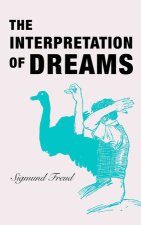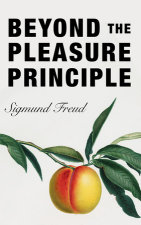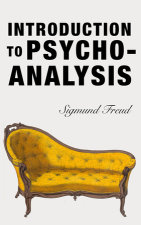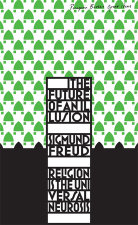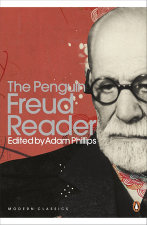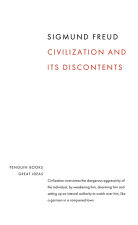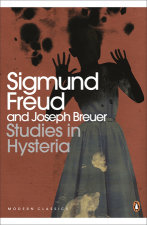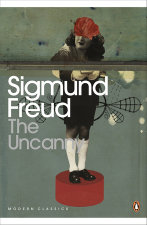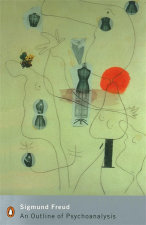Introduction to Psychoanalysis

Originally a set of lectures given by Sigmund Freud 1915-1917, Introduction to Psychoanalysis is now not only widely translated and popular, but also culturally significant. The 28 lectures offer Freud’s views of the unconscious and the basis of psychoanalysis as we know it today. These conversational-style lectures are broken into three parts, beginning with Freudian slips, moving to dream theory, and then neuroses, and in them Freud successfully presents his ideas as firmly grounded in the everyday experience.
Sigmund Freud was born in 1856 in Moravia, Austrian Empire (now the Czech Republic). Between the ages of four and eighty-two his home was in Vienna; in 1938 Hitler's invasion of Austria forced him to seek asylum in London, where he died in the following year. His career began with several years of brilliant work on the anatomy and physiology of the nervous system. He was almost thirty when, after a period of study under Charcot in Paris, his interests first turned to psychology, and another ten years of clinical work in Vienna (at first in collaboration with Breuer, an older colleague) saw the birth of his creation, psychoanalysis. This began simply as a method of treating neurotic patients by investigating…
